The college offers an average placement experience, with the key focus on IT sectors for better opportunities. Core branches like Mechanical and Civil face challenges in placements. Around 70-90% of students from IT, CSE, and ECE departments secure jobs, with major recruiters being TCS, Infosys, Capgemini, Cognizant, and Wipro. The average salary package ranges between 3-5 LPA, while the highest package offered can reach up to 32 LPA. Students become eligible for placements from the 6th semester onwards, but many also opt for higher studies.
There is a notable presence of major MNCs, but government companies are absent from campus recruitment. While the college provides internships and training programs, these are not consistently offered across all departments. Overall, the institution is improving its placement statistics year by year, with significant support from the training and placement cell.

![Techno International New Town - [TINT]](https://image-static.collegedunia.com/public/college_data/images/logos/1602762581Logo.png?h=71.7&w=71.7&mode=stretch)
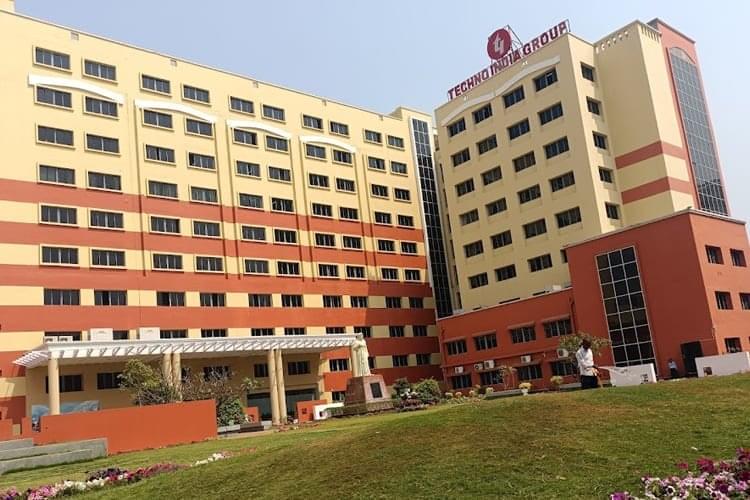


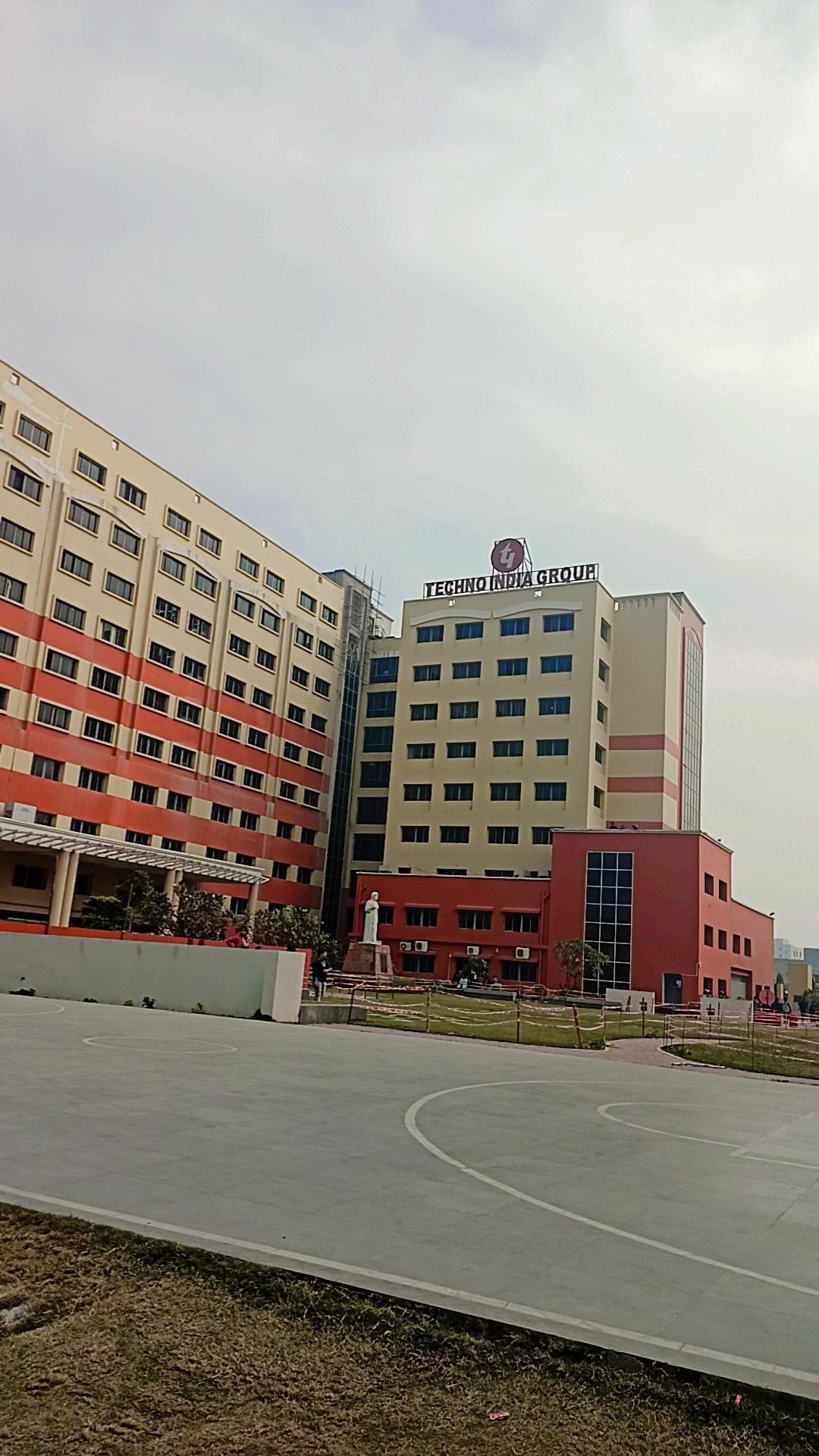
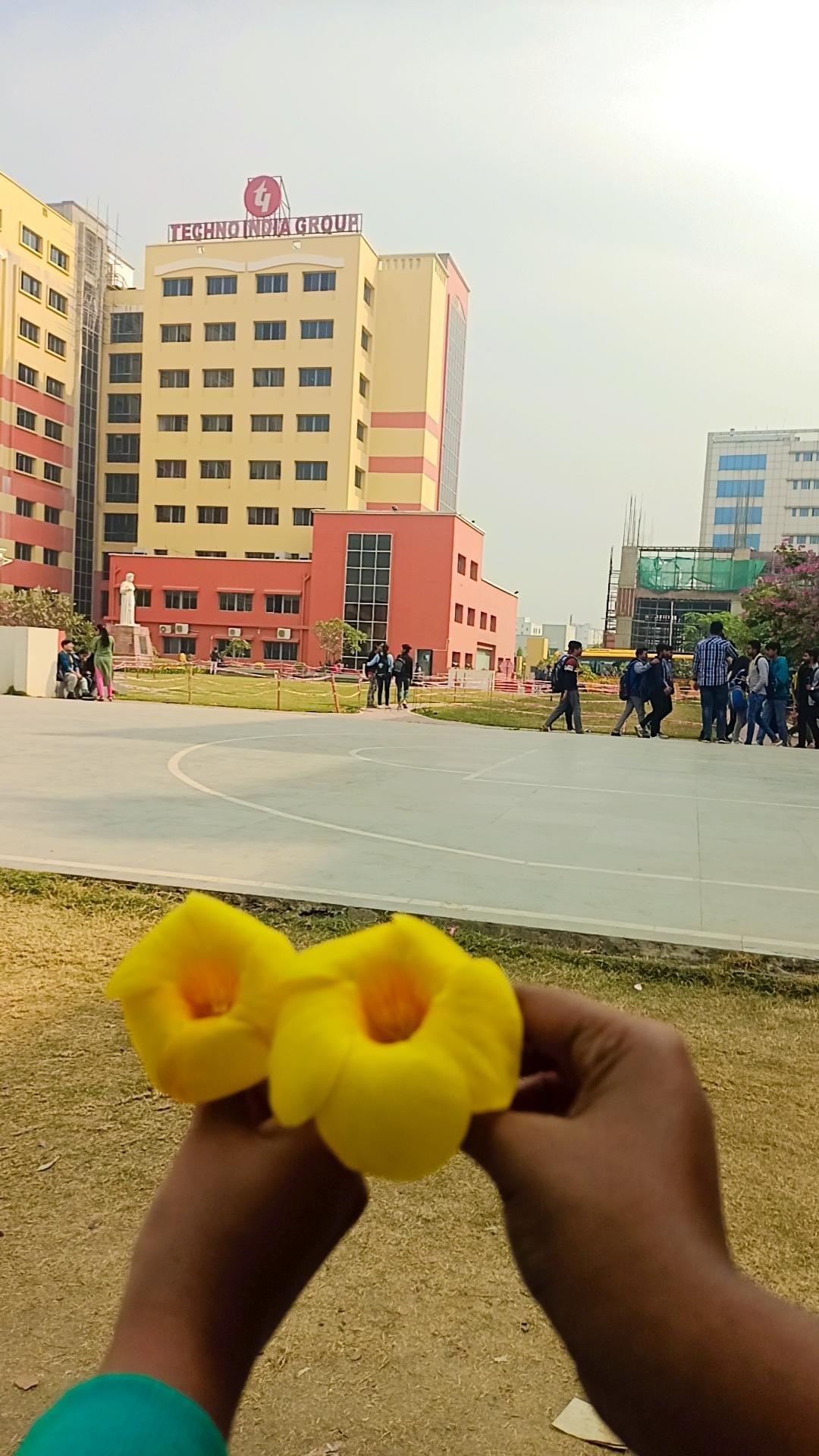


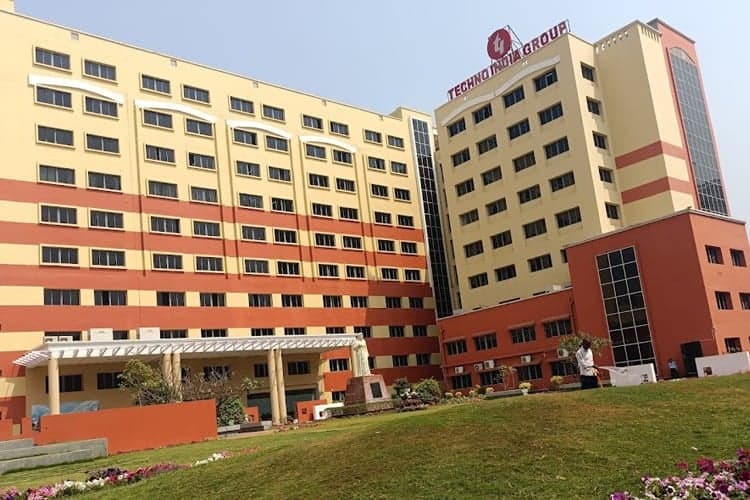
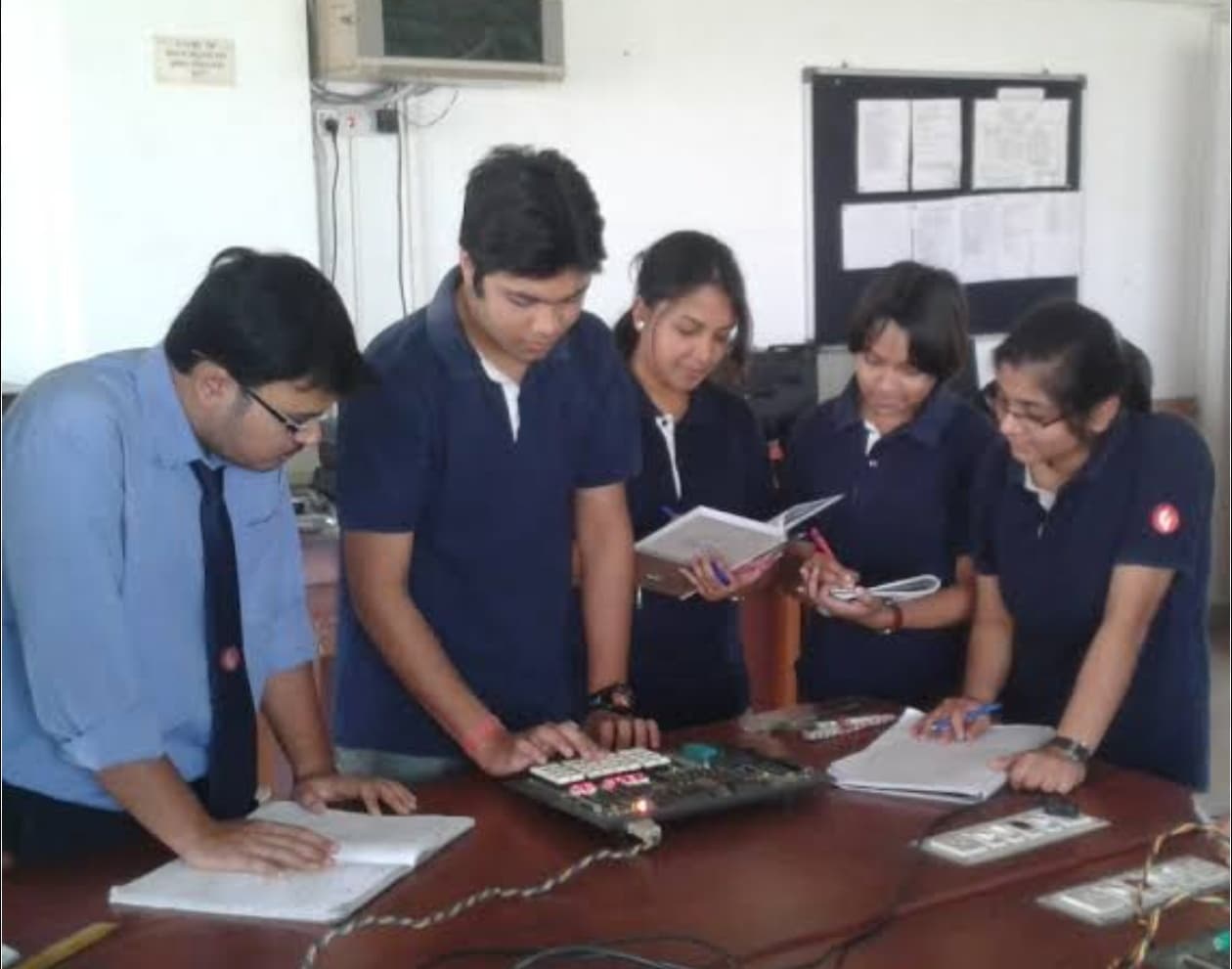









.png?h=78&w=78&mode=stretch)


![Institute of Engineering and Management - [IEM]](https://image-static.collegedunia.com/public/college_data/images/appImage/1502173220instituteofengineeringmanagementsechbhawankolkatac3484.jpg?h=111.44&w=263&mode=stretch)

![Heritage Institute of Technology - [HIT]](https://image-static.collegedunia.com/public/college_data/images/appImage/1488795790e12.jpg?h=111.44&w=263&mode=stretch)

![Government College of Engineering and Ceramic Technology - [GCECT]](https://image-static.collegedunia.com/public/college_data/images/appImage/1488627169c.jpg?h=111.44&w=263&mode=stretch)



![University of Engineering and Management - [UEM]](https://image-static.collegedunia.com/public/college_data/images/appImage/57446_Capture.jpg?h=111.44&w=263&mode=stretch)

![Netaji Subhash Engineering College - [NSEC]](https://image-static.collegedunia.com/public/college_data/images/appImage/14481_Capture.jpg?h=111.44&w=263&mode=stretch)











.png?h=72&w=72&mode=stretch)




![JIS College of Engineering - [JISCE]](https://image-static.collegedunia.com/public/college_data/images/logos/1595172977Annotation20200719210557.jpg?h=72&w=72&mode=stretch)
![Guru Nanak Institute of Technology - [GNIT]](https://image-static.collegedunia.com/public/college_data/images/logos/16240103946483578416130722721606796901116776487059456n.jpg?h=72&w=72&mode=stretch)



![Heritage Institute of Technology - [HIT]](https://image-static.collegedunia.com/public/college_data/images/logos/1488791961e1.jpg?h=72&w=72&mode=stretch)
![Future Institute of Engineering and Management - [FIEM]](https://image-static.collegedunia.com/public/college_data/images/logos/1740726659FIEMlogo.jpeg?h=72&w=72&mode=stretch)
![Bengal Institute of Technology - [BIT]](https://image-static.collegedunia.com/public/college_data/images/logos/1604293937toplogo.png?h=72&w=72&mode=stretch)
![St. Thomas College of Engineering and Technology - [STCET]](https://image-static.collegedunia.com/public/college_data/images/logos/1435753625st thomas 11 logo.jpg?h=72&w=72&mode=stretch)
![Meghnad Saha Institute of Technology - [MSIT]](https://image-static.collegedunia.com/public/college_data/images/logos/1604834065Logo.png?h=72&w=72&mode=stretch)
![Narula Institute of Technology - [NIT Agarpara]](https://image-static.collegedunia.com/public/college_data/images/logos/1595241929Logo.png?h=72&w=72&mode=stretch)
![RCC Institute of Information Technology - [RCCIIT]](https://image-static.collegedunia.com/public/college_data/images/logos/1620029258Logo.png?h=72&w=72&mode=stretch)
![Netaji Subhash Engineering College - [NSEC]](https://image-static.collegedunia.com/public/college_data/images/logos/16042306486532680721842851382877739181874410733174784n.jpg?h=72&w=72&mode=stretch)
![MCKV Institute of Engineering - [MCKVIE]](https://image-static.collegedunia.com/public/college_data/images/logos/1618818891Logo.jpg?h=72&w=72&mode=stretch)
![Dr. Sudhir Chandra Sur Institute of Technology & Sports Complex - [SURTECH]](https://image-static.collegedunia.com/public/college_data/images/logos/1624261033SurTechLogo.png?h=72&w=72&mode=stretch)
![Academy of Technology - [AOT]](https://image-static.collegedunia.com/public/college_data/images/logos/1585128051aotlogo.jpg?h=72&w=72&mode=stretch)

Comments